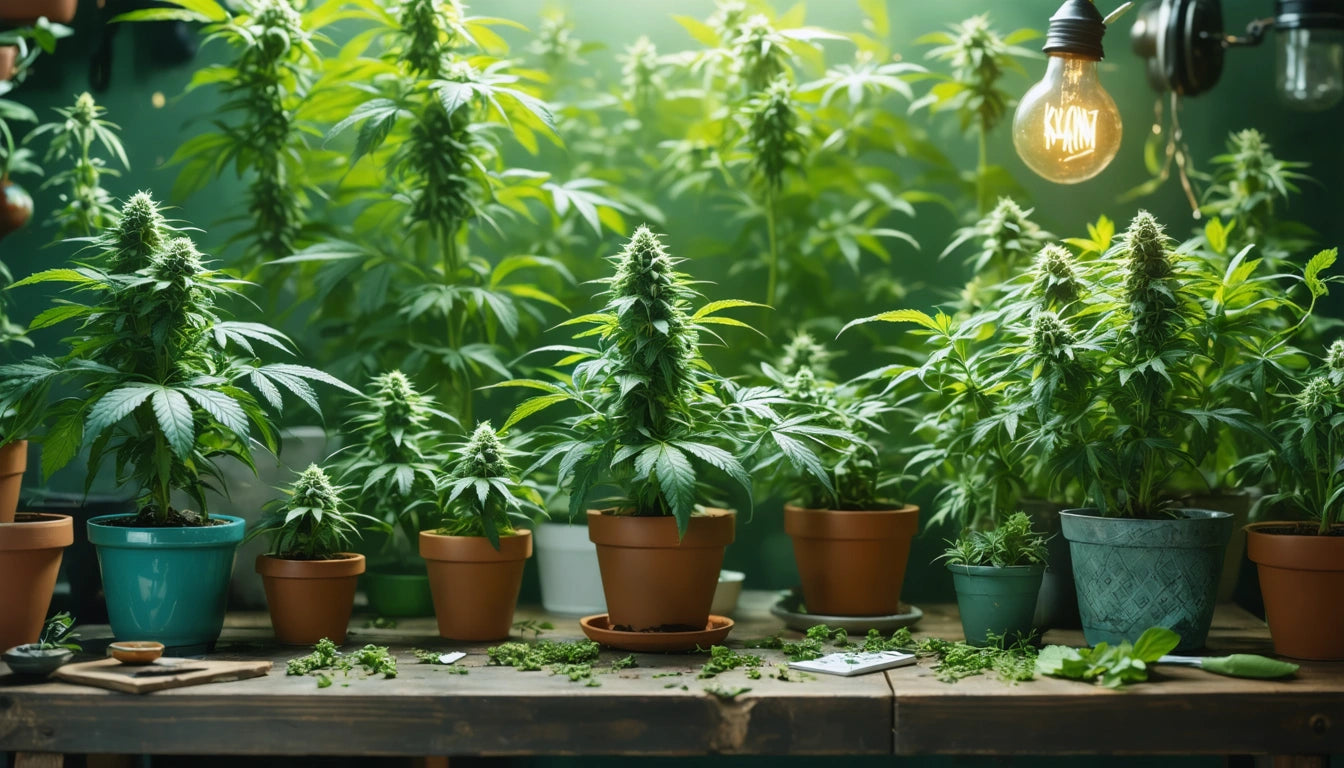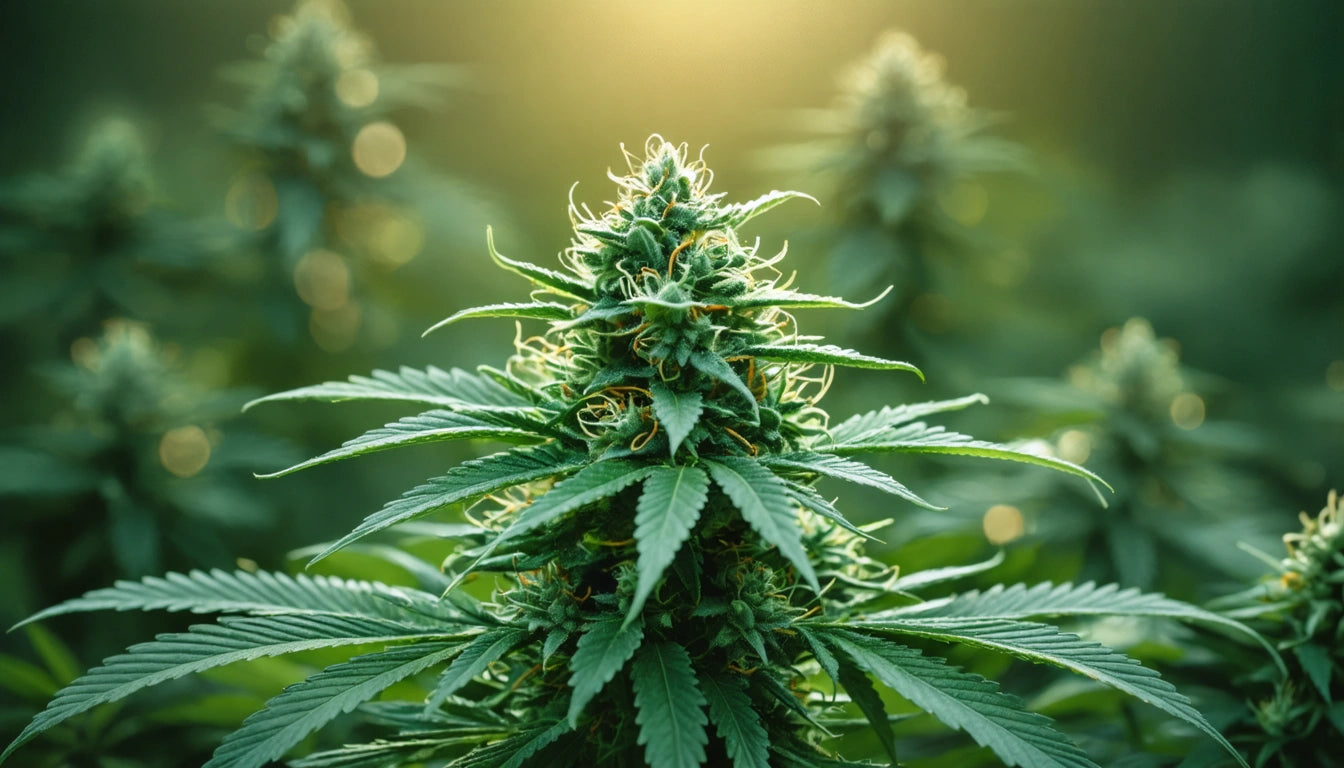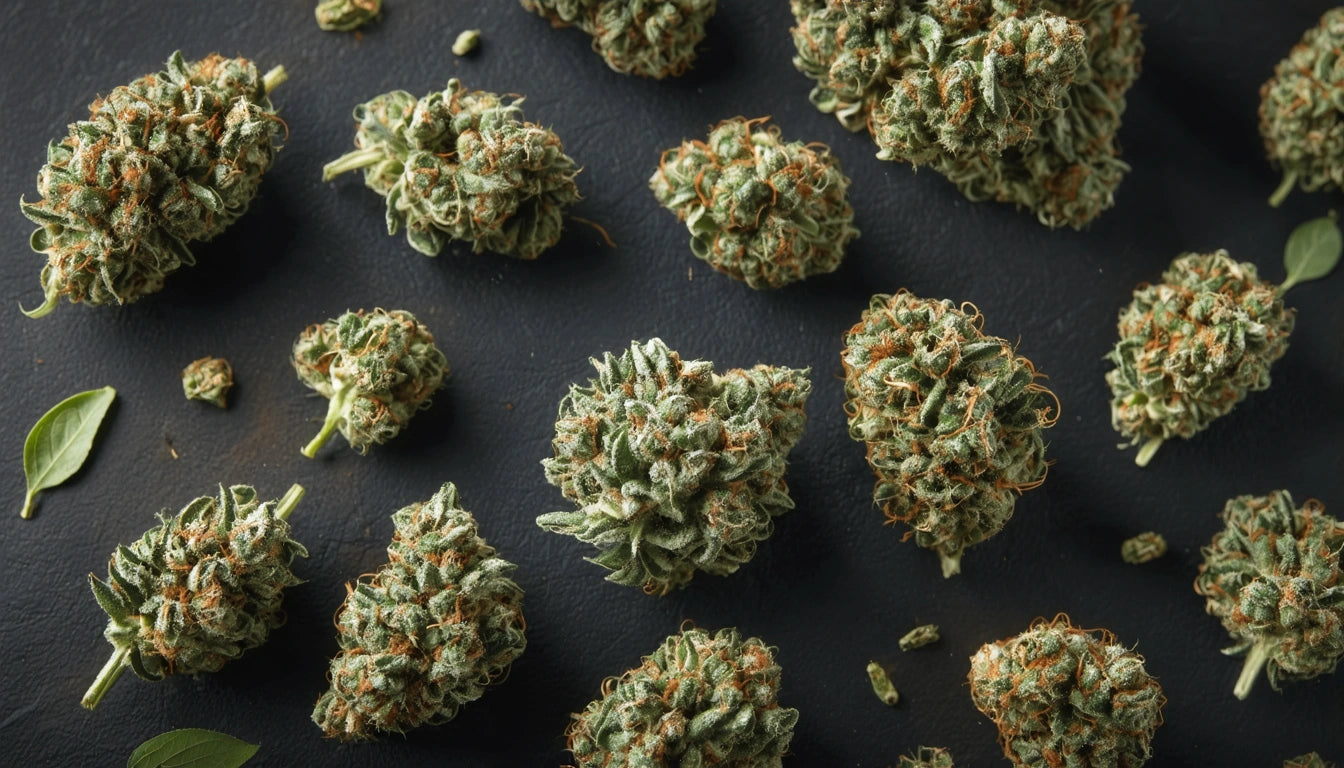Table of Contents
The Ultimate Beginner's Guide to Growing Weed: Essentials and Best Grow Kits
Growing your own cannabis can be a rewarding experience that provides a steady supply of quality weed tailored to your preferences. For beginners wondering what is needed to grow weed, this comprehensive guide covers all the essentials from equipment and environment to seed selection and troubleshooting common issues.
Essential Equipment for Growing Weed
Before starting your cannabis cultivation journey, gathering the right equipment is crucial for success. Here's what you need to grow weed effectively:
- Growing Medium: Soil, coco coir, or hydroponic systems
- Containers: Fabric pots, plastic containers, or grow bags
- Lighting: LED, HPS, or fluorescent grow lights
- Ventilation: Fans, carbon filters, and air circulation systems
- Nutrients: Base nutrients, supplements, and pH adjusters
- Monitoring Tools: pH meters, thermometers, and hygrometers
- Processing Tools: Trimmers, efficient grinding equipment for post-harvest processing, and drying racks
For beginners, a complete grow kit often provides the best value, including most necessary components in one package. These kits typically contain lighting, ventilation, nutrients, and sometimes even seeds to get you started immediately.
Creating the Ideal Growing Environment
Cannabis plants thrive in specific conditions. This growing guide for beginners emphasizes the importance of maintaining:
- Temperature: 70-85 °F (21-29 °C) during light periods
- Humidity: 40-70% depending on growth stage
- Air circulation: Constant but gentle
- Light cycles: 18/6 for vegetative growth, 12/12 for flowering
Indoor growing gives you complete control over these variables, making it ideal for beginners. A dedicated grow tent or converted closet provides the perfect controlled environment to start your weed growing journey.
Seed Selection and Germination
Choosing the right cannabis strain is crucial for beginners. Consider these factors:
- Growing difficulty (some strains are more forgiving)
- Space requirements (indica plants typically stay shorter)
- Desired effects and cannabinoid profile
- Flowering time and yield potential
For first-time growers, autoflowering varieties offer advantages: they're less sensitive to light cycle changes, generally smaller, and have faster harvest times. This seed-to-harvest guide provides detailed information on germination techniques and early plant care.
Nutrients and Feeding Schedules
Cannabis requires different nutrients throughout its growth cycle. Understanding what do you need to grow weed includes knowing the right feeding schedule:
- Vegetative Stage: Higher nitrogen (N)
- Flowering Stage: Higher phosphorus (P) and potassium (K)
- Micronutrients: Calcium, magnesium, sulfur, and others in smaller amounts
Most beginners find success with pre-formulated nutrient lines specifically designed for cannabis. These typically come with feeding charts that show exactly how much to use at each stage of growth.
Common Challenges for Beginners
Even with the best weed growing guide, new growers often encounter these common issues:
- Nutrient Deficiencies/Toxicities: Yellowing leaves, spots, or curling
- Overwatering: Droopy leaves and slow growth
- Light Burn: Bleached or crispy leaf tips
- Pests and Diseases: Spider mites, powdery mildew, or fungus gnats
Prevention is always easier than treatment. This resource on growing exceptional weed provides preventative measures and treatment options for common growing problems.
Best Grow Kits for Beginners
For those wondering about the best weed grow kit options, consider these popular choices:
- Complete Tent Kits: Include tent, lighting, ventilation, and sometimes nutrients
- Hydroponic Systems: Self-contained units with reservoirs and growing medium
- Stealth Grow Boxes: Compact, discreet options for limited spaces
- Budget Starter Kits: Basic setups with essential components
The ideal kit depends on your space, budget, and growing goals. Look for options with quality lighting, good ventilation, and room for at least 2-4 plants for a worthwhile yield.
Next Steps in Your Growing Journey
As you gain experience in growing weed for beginners, you'll likely want to expand your knowledge and refine your techniques. Consider these advancement opportunities:
- Experimenting with different training methods like topping or LST
- Learning advanced nutrient management
- Trying various growing mediums
- Breeding or cloning your favorite strains
Remember that cannabis cultivation is both a science and an art. This guide on mastering cannabis cultivation can help you take your growing skills to the next level once you've mastered the basics.
With patience, attention to detail, and the right equipment, anyone can successfully grow cannabis at home. Start with quality genetics, maintain a stable environment, and don't be afraid to adjust your approach as you learn what works best for your specific situation.











Leave a comment
All comments are moderated before being published.
This site is protected by hCaptcha and the hCaptcha Privacy Policy and Terms of Service apply.